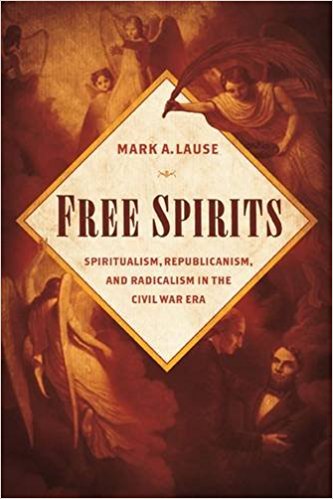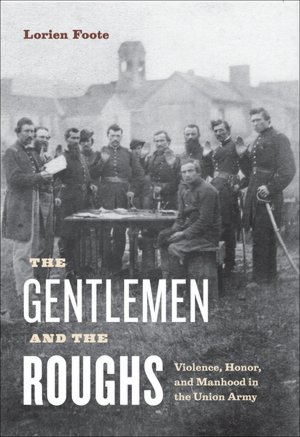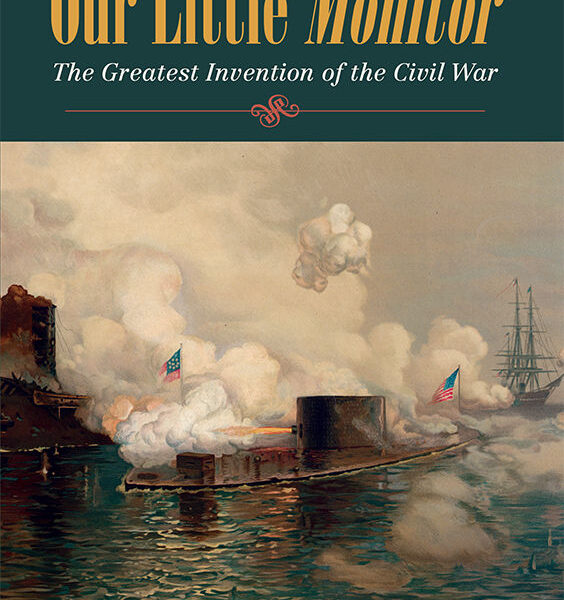Free Spirits: Spiritualism, Republicanism, and Radicalism in the Civil War Era by Mark A. Lause. University of Illinois Press, 2016. Paper, ISBN: 978-0252081750. $30.00.
 Spiritualism has conflicting origins. On the one hand, its founding was quite parochial, as it “grew from the boredom of two youngsters who started entertaining each other with bodily noises” (2). But even its earliest manifestations were much grander in scope and deeper in expression. The year 1848, when the Fox sisters began to claim spiritual rappings that would eventually engulf thousands throughout the nation, was also a period of social, political, and religious unrest. Revolutions in Europe turned nations upside down, and sectional conflict in America seemed destined for war. The spiritualist movement, a coalescence of people and ideas that was always more expansive than cohesive, “assimilated” these significant “intellectual and theological precedents” in a way that captured America’s attention (8). In a world of chaos, spiritualism offered a new voice.
Spiritualism has conflicting origins. On the one hand, its founding was quite parochial, as it “grew from the boredom of two youngsters who started entertaining each other with bodily noises” (2). But even its earliest manifestations were much grander in scope and deeper in expression. The year 1848, when the Fox sisters began to claim spiritual rappings that would eventually engulf thousands throughout the nation, was also a period of social, political, and religious unrest. Revolutions in Europe turned nations upside down, and sectional conflict in America seemed destined for war. The spiritualist movement, a coalescence of people and ideas that was always more expansive than cohesive, “assimilated” these significant “intellectual and theological precedents” in a way that captured America’s attention (8). In a world of chaos, spiritualism offered a new voice.
Mark Lause’s book, Free Spirits: Spiritualism, Republicanism, and Radicalism in the Civil War Era begins with a premise that he feels has been overlooked: the spiritualism movement was birthed simultaneously with, and drew overwhelmingly from, the rise of the Republican Party in the 1850s. As political radicalism spread and eventually engulfed a nation in war, spiritualism similarly grew to new breadths and depths. Why was this the case? Was the one responsible for the other? Lause attempts to answer these questions in a sweeping narrative that seeks to demonstrate the centrality of a seemingly peripheral topic to America’s greatest crisis.
Free Spirits is divided into two halves, mostly based around the Civil War itself. Lause begins by demonstrating how “local gatherings” of spiritualists eventually “gave rise to state conventions” of the new Republican Party (34). The connection from the former to the latter was multi-layered. In one way it was organizational, as the same people who eventually formed the heart of Republican radicalism first joined together around spiritualist séances and principles; religious mobilization gave way to political machinations. But Lause also argues that spiritualism provided an intellectual foundation as well, as it offered “a particularly deterministic and fatalistic response to the sectional ‘irrepressible conflict’” (43). If the Republican Party is known as having a thousand birthplaces, Lause argues that spiritualism was its omnipresent midwife.
But is the causality so straightforward? Not necessarily. Even if many spiritualists were Republicanism, that did not necessarily mean one led to the other. Fatalism may have been an ideological principle of the age, but it should not serve as an interpretive mechanism for the era’s historians. An alternate explanation could be that the same radical forces that pushed thousands of individuals toward unorthodox religious underpinnings like spiritualism also prompted national political alignments. Both spiritualism and Republicanism might be symptoms, rather than one being the root cause.
Later chapters are not as drastic when it comes to causation. Lause demonstrates how the Civil War became a rallying cry to otherwise pacifist spiritualists, as activists “poured their hearts and hopes into the survival of a federal union imbued with an almost mystical importance, the embodiment of what the departed had invested in the country and a gift to the future” (44). The Republican Party, and the Union it sought to save, became spiritualism’s organizing force. Chapter Two focuses on how southern secession forced spiritualists to overcome pacifism and see the war as a way to cleanse America from her impurities. The next chapter focuses on the Lincoln’s presidency, both its images as well as its practices. “Lincoln’s rhetoric often sounded spiritualist in tone,” Lause insists, somewhat abstractly and without much persuasive evidence (69); much more convincingly, he concludes that, “for the spiritualists, Abraham Lincoln embodied the spirit of the Union cause” (86).
The final three chapters of the book focus on how spiritualism shaped how citizens envisioned the post-bellum republic. For spiritualists fighting for a mystical union, political principles converged with religious ideals. Liberty, equality, and fraternity were to be the hallmarks of a newly reconstructed nation. Perhaps the strongest chapters of the volume, Lause demonstrates how spiritualism was reconstructed as a movement at the same time the United States was reconstructed as a nation, and often upon the same principles. At one point, he calls this “practical egalitarianism,” as it was a blending of ideas and practices. Spiritualism had met its mainstream maturity, just in time for it—and the radical political principles it championed—faded back to the peripheries.
At the heart of the book are layered meanings, overlapping movements, and complex characters. Lause enables such a broad cast of materials by emphasizing spiritualism’s lack of operational organization. This is a spiritualism with a lower-case “s.” As a result, however, connections can often become fuzzy. The actual religious ideas at the heart of the quintessentially quixotic category become quite general. And with so many names, cities, and years in play, the reader is bound to get lost at times. If spiritualism was bound to fall apart due to centrifugal forces, then perhaps so too are its historians.
But there are ideas and concepts in the book that deserve a close reading and lasting engagement. Historians still need to grapple with the intellectual, political, and religious disruptions that took place in the Civil War era, and Lause accomplishes a lot by demonstrating that these elements must be understood together if to be comprehended at all. Even if spiritualism isn’t the medium through which we will get our answer, it is at least one of the voices that must be summoned.
Benjamin E. Park is Assistant Professor of History at Sam Houston State University.




